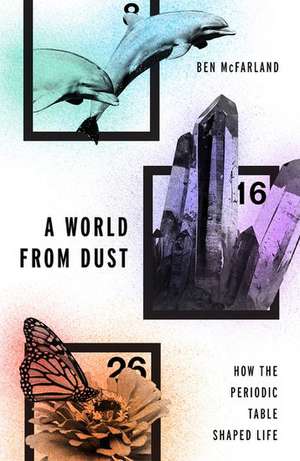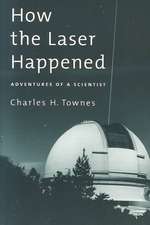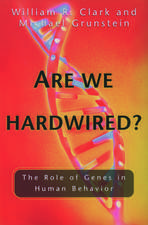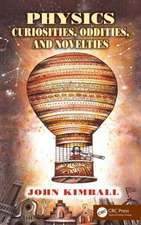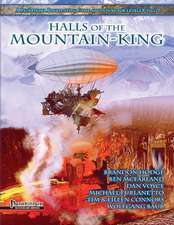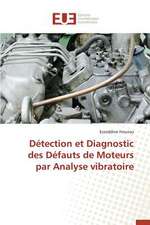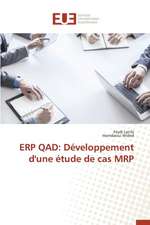A World From Dust: How the Periodic Table Shaped Life
Autor Ben McFarlanden Limba Engleză Hardback – 14 iul 2016
Preț: 337.91 lei
Nou
Puncte Express: 507
Preț estimativ în valută:
64.68€ • 70.28$ • 54.37£
64.68€ • 70.28$ • 54.37£
Carte tipărită la comandă
Livrare economică 10-16 aprilie
Preluare comenzi: 021 569.72.76
Specificații
ISBN-13: 9780190275013
ISBN-10: 0190275014
Pagini: 352
Ilustrații: 42
Dimensiuni: 239 x 165 x 25 mm
Greutate: 0.64 kg
Editura: Oxford University Press
Colecția OUP USA
Locul publicării:New York, United States
ISBN-10: 0190275014
Pagini: 352
Ilustrații: 42
Dimensiuni: 239 x 165 x 25 mm
Greutate: 0.64 kg
Editura: Oxford University Press
Colecția OUP USA
Locul publicării:New York, United States
Recenzii
The narrative should appeal to anyone interested in viewing chemistry and biology from a general, perhaps poetic, perspective. Although intended for a general audience, some background knowledge of chemistry, biology, and evolution of the world is probably needed to fully appreciate the story. The style is informal, and the presentation includes many intriguing real-world contexts and examples, and numerous thought-provoking metaphors and analogies.
The story told in A World from Dust is a fascinating one and McFarland deserves credit for uniting several scientific fields in an imaginative way.
The diversity and number of different subjects are such that it would be almost impossible to provide a summary ... a gold mine for those who, almost without a prerequisite for maths, aim to address the origin of life and the chemical reasons for evolution. Teachers in chemistry or geochemistry searching for original examples to illustrate their lessons will find a lot in this book
To quote, this book is "natural history told by a chemist" -- and this chemist and author does a superb job. ... As this work is written for non-scientists at an elementary level, it is recommended for all audiences -- general and scientific.
The author makes a decent argument for the chemical predictability of evolution as a bridge between biology and physics. The book's chronological structure and colloquial writing style make the book easy to read. The contents manage to walk the edge between technical and popular.
McFarland's unique way of looking at things gives new insights to the reader on the topic established in the subtitle: how the periodic table shaped life.
Like all good works of science for the general public, McFarland's is full of fascinating examples, a dash of humor, and just plain cool facts.
The story told in A World from Dust is a fascinating one and McFarland deserves credit for uniting several scientific fields in an imaginative way.
The diversity and number of different subjects are such that it would be almost impossible to provide a summary ... a gold mine for those who, almost without a prerequisite for maths, aim to address the origin of life and the chemical reasons for evolution. Teachers in chemistry or geochemistry searching for original examples to illustrate their lessons will find a lot in this book
To quote, this book is "natural history told by a chemist" -- and this chemist and author does a superb job. ... As this work is written for non-scientists at an elementary level, it is recommended for all audiences -- general and scientific.
The author makes a decent argument for the chemical predictability of evolution as a bridge between biology and physics. The book's chronological structure and colloquial writing style make the book easy to read. The contents manage to walk the edge between technical and popular.
McFarland's unique way of looking at things gives new insights to the reader on the topic established in the subtitle: how the periodic table shaped life.
Like all good works of science for the general public, McFarland's is full of fascinating examples, a dash of humor, and just plain cool facts.
Notă biografică
Ben McFarland teaches biochemistry and chemistry at Seattle Pacific University in Seattle WA. He received a dual B.S. in Chemistry and Technical Writing from the University of Florida and a Ph.D. in Biomolecular Structure and Design from the University of Washington. His research uses the rules of chemistry to redesign immune system proteins.
